Writer/editor Stan Lee (1922-2018) made comic-book history together with Jack Kirby in 1961 with Fantastic Four #1. The monumental popularity of its new style inspired Lee to develop similarly themed characters — including the Hulk and X-Men with Kirby, Spider-Man and Doctor Strange with Steve Ditko, and Daredevil with Bill Everett. After shepherding his creations through dozens of issues — in some cases a hundred or more — Lee allowed other writers to take over, but he maintained steady editorial control. Eventually, he helped expand Marvel into a multimedia empire. In recent years, his frequent cameo appearances in Marvel’s films established Lee as one of the world’s most famous faces.
Larry Lieber helped introduce Ant-Man in Tales to Astonish, Iron Man in Tales of Suspense and Thor in Journey into Mystery. He also wrote Human Torch solo stories for Strange Tales. In 1968, he and his brother, Stan Lee, collaborated on the pivotal Amazing Spider-Man Annual #5, which revealed the secret of Peter Parker’s parents. Lieber both wrote and drew runs on Marvel’s top Western titles: Kid Colt Outlaw, Rawhide Kid and Two-Gun Kid. Later, he scripted Marvel UK’s Captain Britain, also contributing occasional covers.
Born Jacob Kurtzberg in 1917 to Jewish-Austrian parents on New York’s Lower East Side, Jack Kirby came of age at the birth of the American comic book industry. Beginning his career during the rising tide of Nazism, Kirby and fellow artist Joe Simon created the patriotic hero Captain America. Cap’s exploits on the comic book page entertained millions of American readers at home and inspired U.S. troops fighting the enemy abroad. When World War II ended, the public’s interest in super heroes waned; Kirby turned his artistic talents during the 1950s to other genres, such as monsters, Westerns and crime — as well as the first-of-its-kind Young Romance Comics. In 1961, Kirby returned to super heroes to illustrate what would become the defining issue in Marvel Comics history: Fantastic Four #1. Written by Stan Lee, the team’s debut revolutionized the industry overnight. In contrast to the staid artwork of his predecessors, Kirby’s illustrations seemed to leap off the page with eye-popping action and drama. For the next decade, Kirby and Lee would introduce a mind-boggling array of new characters — including the Avengers, the Hulk, Thor, Iron Man, the Silver Surfer and the X-Men. Taken together, Kirby’s groundbreaking work with Lee formed the foundation of the Marvel Universe. In the early 1970s, Kirby moved to DC Comics, where his boundless creativity continued. He returned to Marvel in 1975, writing and illustrating Captain America and introducing his final major concept, the Eternals. With the explosion of TV animation during the 1980s, Kirby’s talents turned to the small screen. Comic fans quickly recognized his work on such series as Thundarr the Barbarian and Turbo Teen. Kirby died in 1994, but his influence on the comic book industry is as strong as ever. His work has inspired a generation of professional artists and modern writers who continue to explore his vast universe of concepts and characters.
Steve Ditko (1927 - 2018) began his comics career in the anthologies of the 1950s, where his unique style and perspective quickly earned recognition and respect. Recruited to join Stan Lee’s Atlas Comics, later Marvel, in 1958, his nuances contrasted well with Jack Kirby’s bombast. In 1962, in the pages of Amazing Fantasy, Ditko and Lee brought to life Peter Parker, the Amazing Spider-Man, changing the industry forever. Leaving Marvel in 1966, he drew Blue Beetle and Captain Atom for Charlton, Creeper and Shade the Changing Man for DC, and his independent effort Mr. A. Ditko returned to Marvel during the late 1970s and remained for much of the 1980s, co-creating Speedball, Squirrel Girl and other characters who would prove of unexpected importance in Marvel’s later years.
Stan Goldberg has been an active comic-book creator since 1949. In addition to his Marvel work, Goldberg has had a long association with Archie Comics; he currently contributes artwork for the perennially popular Archie & Betty.







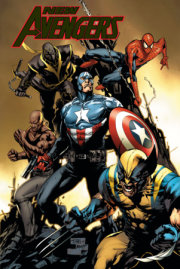
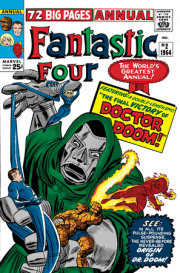
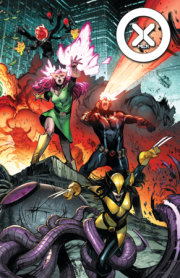
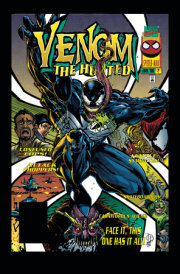
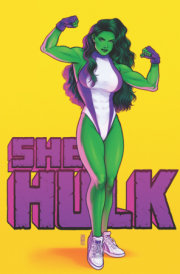
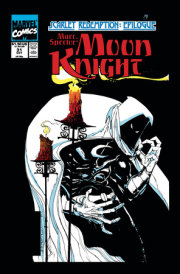



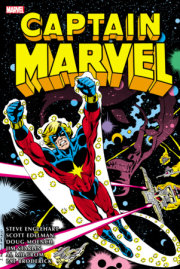
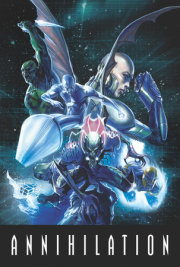
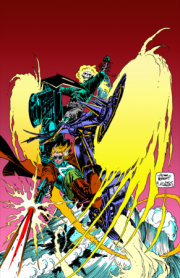
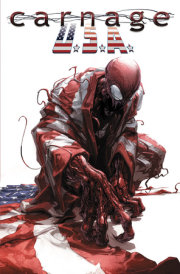
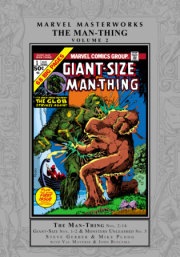
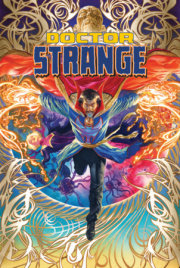
![TOMB OF DRACULA OMNIBUS VOL. 1 NEAL ADAMS COVER [NEW PRINTING 2]](https://images.penguinrandomhouse.com/cover/9781302965037?width=180)
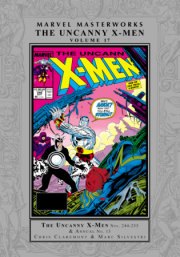
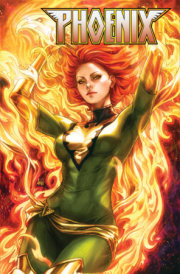
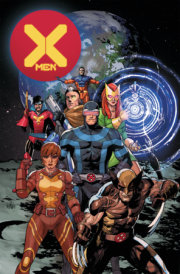
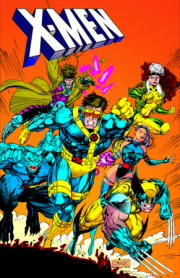
![MARVEL MASTERWORKS: THE AMAZING SPIDER-MAN VOL. 4 [REMASTERWORKS]](https://images.penguinrandomhouse.com/cover/9781302956066?width=180)
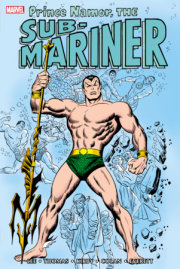
![MARVEL MASTERWORKS: THE SILVER SURFER VOL. 1 [REMASTERWORKS]](https://images.penguinrandomhouse.com/cover/9781302956042?width=180)
![THE FANTASTIC FOUR OMNIBUS VOL. 1 ALEX ROSS COVER [NEW PRINTING 3]](https://images.penguinrandomhouse.com/cover/9781302963682?width=180)
![SILVER SURFER OMNIBUS VOL. 1 JOHN BUSCEMA FIRST ISSUE COVER [NEW PRINTING 2]](https://images.penguinrandomhouse.com/cover/9781302963583?width=180)
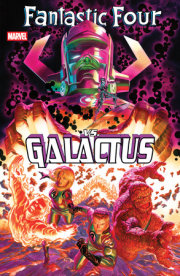
![MARVEL MASTERWORKS: CAPTAIN AMERICA VOL. 1 [REMASTERWORKS]](https://images.penguinrandomhouse.com/cover/9781302956028?width=180)
![MARVEL MASTERWORKS: THE FANTASTIC FOUR VOL. 3 [REMASTERWORKS]](https://images.penguinrandomhouse.com/cover/9781302956004?width=180)
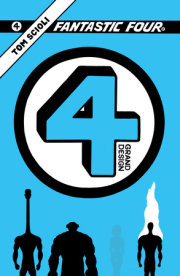
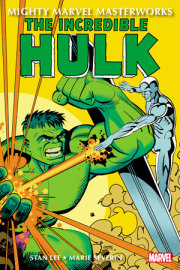
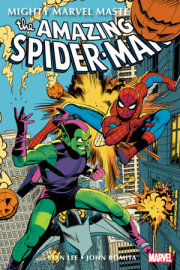

![FANTASTIC FOUR EPIC COLLECTION: WORLD'S GREATEST COMIC MAGAZINE [NEW PRINTING 2]](https://images.penguinrandomhouse.com/cover/9781302960421?width=180)
![CAPTAIN AMERICA OMNIBUS VOL. 2 CARLOS PACHECO COVER [NEW PRINTING]](https://images.penguinrandomhouse.com/cover/9781302958398?width=180)
![INCREDIBLE HULK EPIC COLLECTION: MAN OR MONSTER? [NEW PRINTING 2]](https://images.penguinrandomhouse.com/cover/9781302960438?width=180)
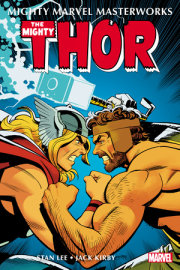
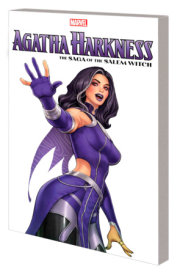
![MARVEL MASTERWORKS: THE AMAZING SPIDER-MAN VOL. 3 [REMASTERWORKS]](https://images.penguinrandomhouse.com/cover/9781302951429?width=180)
![THE INVINCIBLE IRON MAN OMNIBUS VOL. 2 SALVADOR LARROCA COVER [NEW PRINTING]](https://images.penguinrandomhouse.com/cover/9781302958992?width=180)
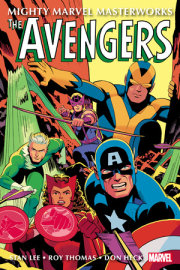
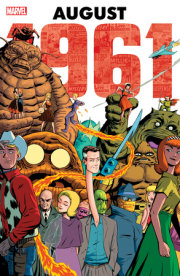
![MARVEL MASTERWORKS: THE AVENGERS VOL. 2 [REMASTERWORKS]](https://images.penguinrandomhouse.com/cover/9781302951405?width=180)
![AVENGERS EPIC COLLECTION: EARTH'S MIGHTIEST HEROES [NEW PRINTING]](https://images.penguinrandomhouse.com/cover/9781302957988?width=180)
![CAPTAIN AMERICA EPIC COLLECTION: BUCKY REBORN [NEW PRINTING]](https://images.penguinrandomhouse.com/cover/9781302957858?width=180)
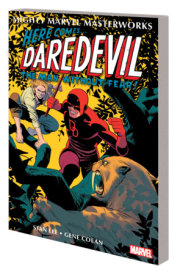
![CAPTAIN AMERICA OMNIBUS VOL. 1 [NEW PRINTING 2]](https://images.penguinrandomhouse.com/cover/9781302957995?width=180)
![X-MEN EPIC COLLECTION: CHILDREN OF THE ATOM [NEW PRINTING 2]](https://images.penguinrandomhouse.com/cover/9781302957834?width=180)
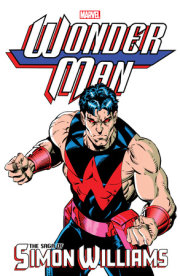
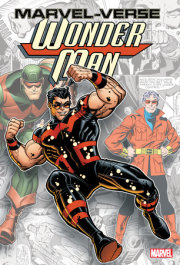
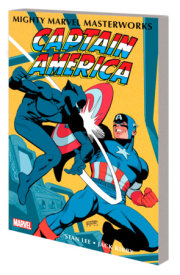
![AMAZING SPIDER-MAN EPIC COLLECTION: THE SECRET OF THE PETRIFIED TABLET [NEW PRINTING]](https://images.penguinrandomhouse.com/cover/9781302957810?width=180)
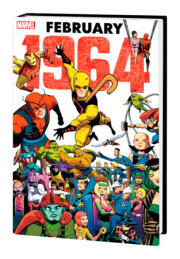
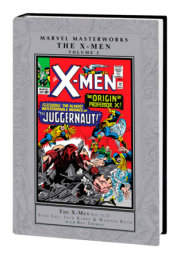

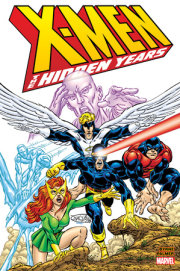

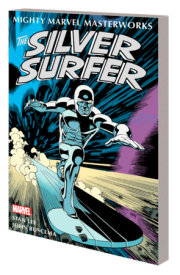


![AMAZING SPIDER-MAN EPIC COLLECTION: GREAT RESPONSIBILITY [NEW PRINTING]](https://images.penguinrandomhouse.com/cover/9781302950576?width=180)
![DAREDEVIL EPIC COLLECTION: MIKE MURDOCK MUST DIE! [NEW PRINTING]](https://images.penguinrandomhouse.com/cover/9781302950569?width=180)

![THE INVINCIBLE IRON MAN OMNIBUS VOL. 1 [NEW PRINTING]](https://images.penguinrandomhouse.com/cover/9781302953584?width=180)
![THE AMAZING SPIDER-MAN OMNIBUS VOL. 4 [NEW PRINTING]](https://images.penguinrandomhouse.com/cover/9781302952570?width=180)
![THE AVENGERS OMNIBUS VOL. 1 [NEW PRINTING]](https://images.penguinrandomhouse.com/cover/9781302953546?width=180)
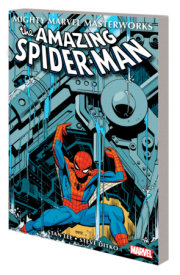
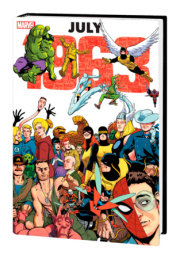

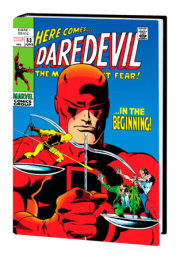
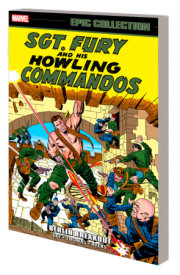
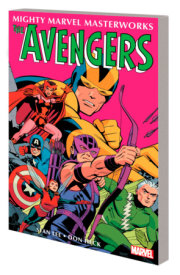
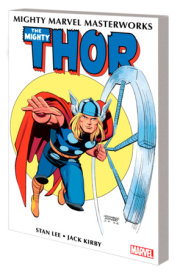
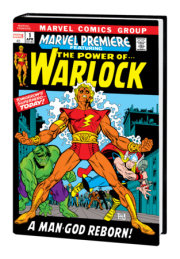
![FANTASTIC FOUR EPIC COLLECTION: THE COMING OF GALACTUS [NEW PRINTING 2]](https://images.penguinrandomhouse.com/cover/9781302950415?width=180)
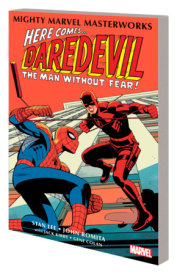
![AMAZING SPIDER-MAN EPIC COLLECTION: THE GOBLIN LIVES [NEW PRINTING]](https://images.penguinrandomhouse.com/cover/9781302950392?width=180)
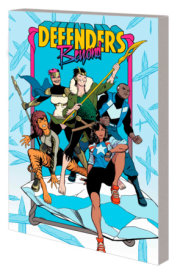
![DAREDEVIL EPIC COLLECTION: THE MAN WITHOUT FEAR [NEW PRINTING]](https://images.penguinrandomhouse.com/cover/9781302950361?width=180)
![ANT-MAN/GIANT-MAN EPIC COLLECTION: THE MAN IN THE ANT HILL [NEW PRINTING]](https://images.penguinrandomhouse.com/cover/9781302950354?width=180)
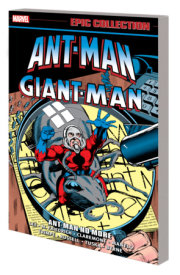
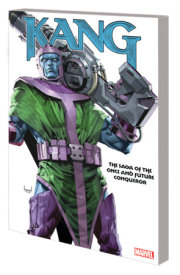

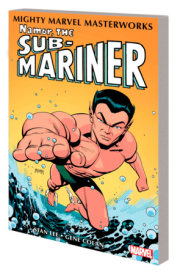
![FANTASTIC FOUR EPIC COLLECTION: THE MYSTERY OF THE BLACK PANTHER [NEW PRINTING]](https://images.penguinrandomhouse.com/cover/9781302947088?width=180)
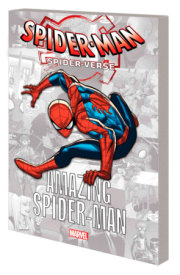
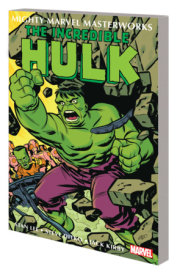
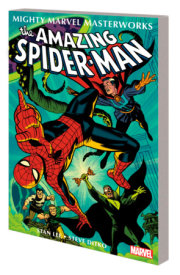
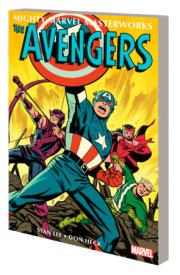
![THE INCREDIBLE HULK OMNIBUS VOL. 1 [NEW PRINTING]](https://images.penguinrandomhouse.com/cover/9781302933869?width=180)